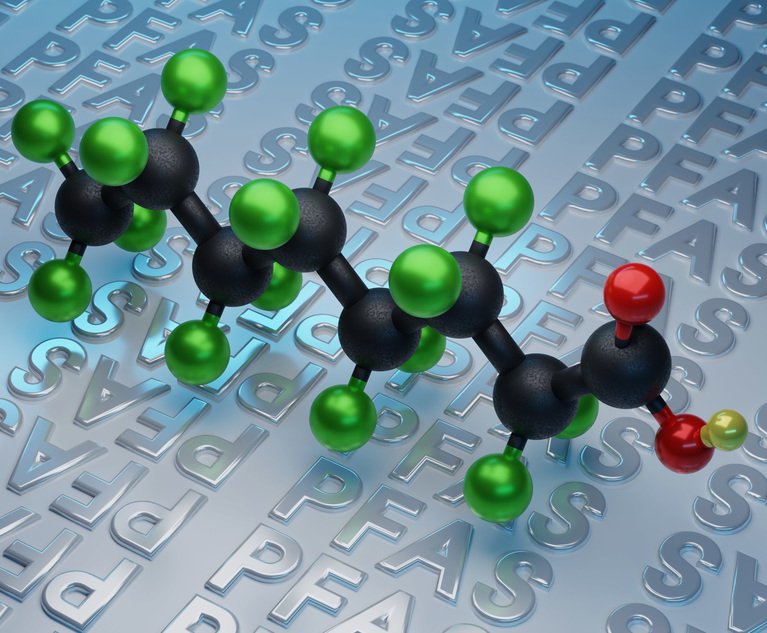Sharp declines in securities fraud class actions that threatento lull directors and officers liability insurers into complacencydeserve closer scrutiny, one leading insurer has warned.
|John Degnan, vice chairman of Warren, N.J.-based Chubb Corp.,gave a new perspective on widely reported statistics that showsecurities class actions plunging 38 percent in 2006.
|The former New Jersey attorney general told D&O underwritersand brokers gathered here at the recent Professional LiabilityUnderwriting Society's Annual D&O Conference to pay attentionto the lessons of the past, urging them to remain vigilant aboutpotential changes in a currently calm D&O landscape.
|Mr. Degnan echoed other speakers at earlier sessions who pointedto a good economy, a less volatile stock market, several favorablecourt rulings, and the positive consequences of the Sarbanes-OxleyAct for corporate disclosure as drivers of a D&O environmentthat seems to be a "perfect calm"--after the "perfect storm" thatD&O insurers found themselves caught up in earlier in thedecade.
|So often are the years when the D&O industry was "buffetedby [a] confluence" of negative events--like a bursting dot.combubble, a series of mega-scandals in corporate America, and a lackof D&O insurer underwriting discipline--described as a "perfectstorm," he said, "I can only assume I was invited to speak todaybecause [actor] George Clooney [who starred in the movie of thatname] was not available."
|Warning against the tendency to invoke easy descriptors like"perfect storm" and "perfect calm," he noted that even theimproving case filing numbers being reported now are suspect whenexamined in the context of a declining number of publiccompanies.
|"We should not overlook ongoing merger and acquisition activityin the last decade, not to mention an increasing number ofgoing-private transactions," he said, noting that the number ofpublic companies dropped 30 percent from 1997 to 2006--from roughly9,300 to 6,500.
|The frequency of securities suits adjusted for thisconsolidation is very close to the level of a decade ago, hesaid.
|In addition, he said, while class actions are down, whenshareholder derivative suits are added to the total, overallD&O claim frequency was actually up--not down--in 2006.(Derivatives suits are brought by shareholders on behalf of thecompany, naming directors and officers as defendants.)
|Mr. Degnan and others speaking at the conference noted thatcases involving allegations of options backdating have been filedas derivative suits (rather than class actions, because theytypically haven't fueled massive stock drops), and that backdatingcases now number somewhere between 130 and 140.
|These backdating cases are excluded from the January publicationof securities class-action statistics by the Stanford Law SchoolSecurities Class Action Clearinghouse (a joint project betweenStanford Law School and Cornerstone Research), which announced theoften-cited 38 percent decline in securities class actions, henoted.
|In the past, the report similarly excluded cases involvinginitial public offerings in one year, equity analysts' cases inanother, and mutual fund market timing cases in yet another, headded.
|Comparing this type of analysis to the "old insurance industrytrick" of "but-for" earnings reports (referring to reports byinsurers that exclude the impacts of asbestos charges or naturalcatastrophes to present more favorable results to investors), hesaid "we have to be skeptical of securities claims data."
|"At some point, we need to accept that systematic events havebecome the norm," he added.
|Mr. Degnan also noted that while derivative claims havehistorically been viewed as lacking the severity potential ofsecurities class actions, an increase in the number of A-side onlypolicies being written by D&O carriers heightens the impact ofthese cases. (A-side policies specifically provide coverage insituations where a company can't indemnify directors andofficers--most notably covering derivative suits.)
|"Have we adequately accounted for what may be a strategic shiftby the plaintiffs bar toward derivative litigation?" he asked,noting that plaintiffs' lawyers may see derivatives case filings asa way to overcome pleading standards and discovery obstaclesimposed for federal securities class-action filings.
|"The perfect calm could turn out to be merely the eye of alarger storm," he said.
|During his presentation, Mr. Degnan also noted that anadditional factor that depressed the number of class actions in2006 was the May 2006 indictment of Milberg Weiss--one of the mostactive plaintiffs firms in filing securities class actions.
|However, while many observers note the overall drop insecurities suits in 2006 roughly equals the post-indictment drop inMilberg Weiss filings, he said, other firms are poised to fill thevoid.
|Highlighting some other factors that could potentially increaseD&O claims going forward--the inevitable downturn in theeconomy, an uptick in regulatory activities occurring under theForeign Corrupt Practices Act, and the growing role of privateequity firms in capital markets with potential new exposures, forexample--Mr. Degnan sounded a final note of caution, reminding PLUSattendees that the D&O market was a "picture of health" in1997.
|But the industry responded "with a race to the bottom" inD&O pricing and abandoned good sense in the negotiation ofpolicy terms, he said, urging discipline and vigilance.
Want to continue reading?
Become a Free PropertyCasualty360 Digital Reader
Your access to unlimited PropertyCasualty360 content isn’t changing.
Once you are an ALM digital member, you’ll receive:
- All PropertyCasualty360.com news coverage, best practices, and in-depth analysis.
- Educational webcasts, resources from industry leaders, and informative newsletters.
- Other award-winning websites including BenefitsPRO.com and ThinkAdvisor.com.
Already have an account? Sign In
© 2024 ALM Global, LLC, All Rights Reserved. Request academic re-use from www.copyright.com. All other uses, submit a request to [email protected]. For more information visit Asset & Logo Licensing.








